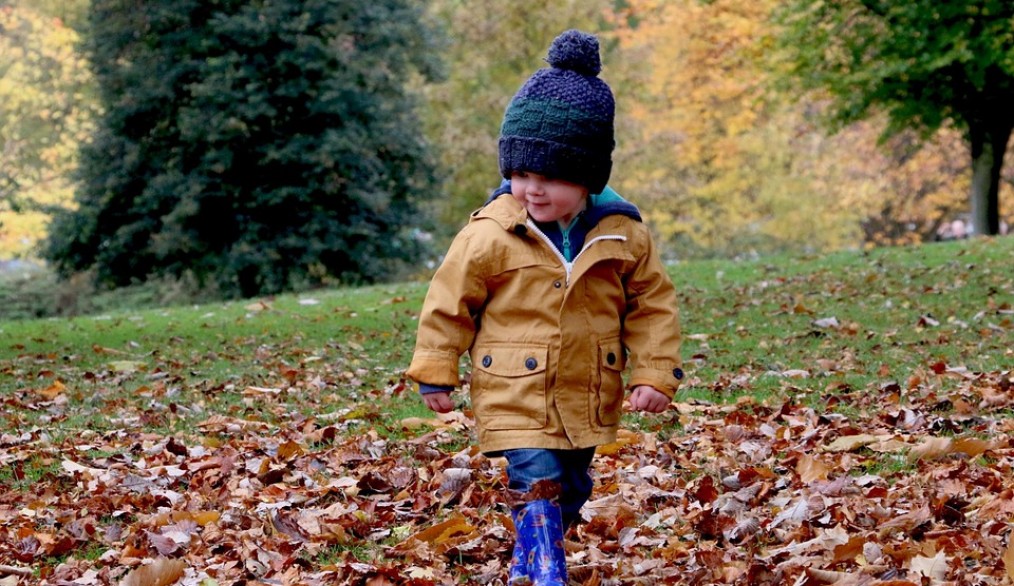
Capturing Curiosity: Balancing Teacher and Child-Initiated Learning
https://learningpartners.education/wp-content/uploads/2015/06/child-1031171_960_720-1014x586.jpg 1014 586 LP Education Ltd: Learning Partners LP Education Ltd: Learning Partners https://learningpartners.education/wp-content/uploads/2015/06/child-1031171_960_720-1014x586.jpgA crucial age
In recent years, writes Janice Ireland, there has been a global movement towards improving the quality and provision of pre-school education. As a result, early childhood education is now viewed as a contributing factor to long-term social and economic gains.
In August 2015, The Economist reported that where governments are failing to provide young children with quality education, the private sector is stepping in. In Southeast Asia, children between birth and four years of age constitute almost 9% of the total population, but there is limited state provision for children below the age of five. Private childcare centres are increasingly becoming an integral part of the education system in this region to cope with the demand.
Towards effective early education
But how do we ensure we are delivering an effective early childhood education? And when should it begin?
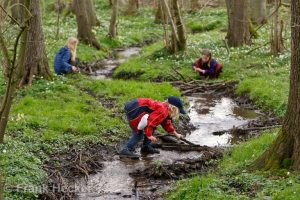 Today, numerous studies demonstrate that learning begins before birth with much research indicating that early childhood learning is far more sophisticated than we imagine. Whilst very young children may not have the language skills to articulate their questions and express ideas fully, there is little doubt that they are interested in exploring and learning, and they often do this by copying the actions of others and using their senses.
Today, numerous studies demonstrate that learning begins before birth with much research indicating that early childhood learning is far more sophisticated than we imagine. Whilst very young children may not have the language skills to articulate their questions and express ideas fully, there is little doubt that they are interested in exploring and learning, and they often do this by copying the actions of others and using their senses.
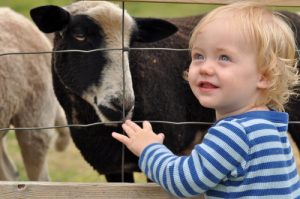 The world is a very exciting place for young children especially when there is so much to touch, taste, smell, see and hear.
The world is a very exciting place for young children especially when there is so much to touch, taste, smell, see and hear.
If we believe that children are not passive receptors but are born naturally curious and ready to explore the world, constructing knowledge through experiences and interactions with others, we can capture this natural curiosity and harness it to support learning in and outside of the classroom. We often hear that it’s important to strike the right balance between stimulating, teacher-scaffolded tasks and child-initiated exploration, but it’s rare that we have a simple explanation of what this means in practice.
The right balance
Child-initiated learning can take many forms, from simply playing with objects for imaginary purposes to spontaneously extending ideas and activities through the pleasure gained from discovery. What children want to find out can be endless and this type of natural curiosity has already started long before a child enters school. Thankfully, long gone are the days when psychologists and philosophers viewed baby’s minds as blank slates!
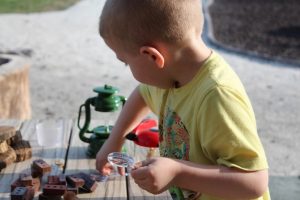 As teachers, we must look for ways to capture this natural curiosity and shape exploration in meaningful contexts. But this does not mean that it’s always necessary to intervene, especially when children are deeply engaged in initial exploration. Often adults need to take a step back so that children have the freedom to investigate for themselves. We all get frustrated when we are learning something new and developing the confidence to try things out independently when, just the point of discovery, someone who ‘knows better’ comes along and tells us what we should do.
As teachers, we must look for ways to capture this natural curiosity and shape exploration in meaningful contexts. But this does not mean that it’s always necessary to intervene, especially when children are deeply engaged in initial exploration. Often adults need to take a step back so that children have the freedom to investigate for themselves. We all get frustrated when we are learning something new and developing the confidence to try things out independently when, just the point of discovery, someone who ‘knows better’ comes along and tells us what we should do.
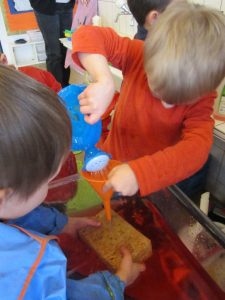 Young children are frequently able to grasp basic scientific and mathematical concepts unaided during play. For example, incidentally learning about cause and effect by moving switches backward and forwards and observing the results, and investigating volume and capacity by playing in the water tray with a watering can and a range of different sized containers. In these early stages, playing and self-discovery is a crucial aspect of learning. Play has long been recognised as a powerful vehicle for learning in early childhood, but sadly it is one that is often misunderstood and underestimated. It takes a highly-skilled practitioner to create a stimulating learning environment that enables children to deepen their knowledge and develop new skills through play. Early Years teachers are often masters in their profession when it comes to on-going observation of children’s learning and development – knowing the exact point when teacher intervention will help and not hinder a child’s enquiry.
Young children are frequently able to grasp basic scientific and mathematical concepts unaided during play. For example, incidentally learning about cause and effect by moving switches backward and forwards and observing the results, and investigating volume and capacity by playing in the water tray with a watering can and a range of different sized containers. In these early stages, playing and self-discovery is a crucial aspect of learning. Play has long been recognised as a powerful vehicle for learning in early childhood, but sadly it is one that is often misunderstood and underestimated. It takes a highly-skilled practitioner to create a stimulating learning environment that enables children to deepen their knowledge and develop new skills through play. Early Years teachers are often masters in their profession when it comes to on-going observation of children’s learning and development – knowing the exact point when teacher intervention will help and not hinder a child’s enquiry.
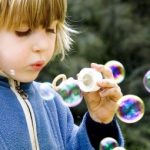 Although there is consensus around the social and economic benefits of early childhood education, there continues to be much global debate around when ‘formal teaching’ should begin and in the words of Albert Einstein some consider, ‘it is a miracle that curiosity survives formal education!’
Although there is consensus around the social and economic benefits of early childhood education, there continues to be much global debate around when ‘formal teaching’ should begin and in the words of Albert Einstein some consider, ‘it is a miracle that curiosity survives formal education!’
- Posted In:
- Blog
- Early Childhood
- Education Updates
- Research
Janice Ireland
Janice Ireland has over 30 years of experience in early childhood education as a teacher, school leader and independent consultant. Janice’s interests lie in the field neuroscientific research and how new discoveries about the brain can support learning and development in early years settings. Janice has recently used her expertise in this area to lead the development of The International Early Years Curriculum (IEYC), which will be launched by Fieldwork Education in September 2016 (www.greatlearning.com/ieyc).
All stories by: Janice Ireland

